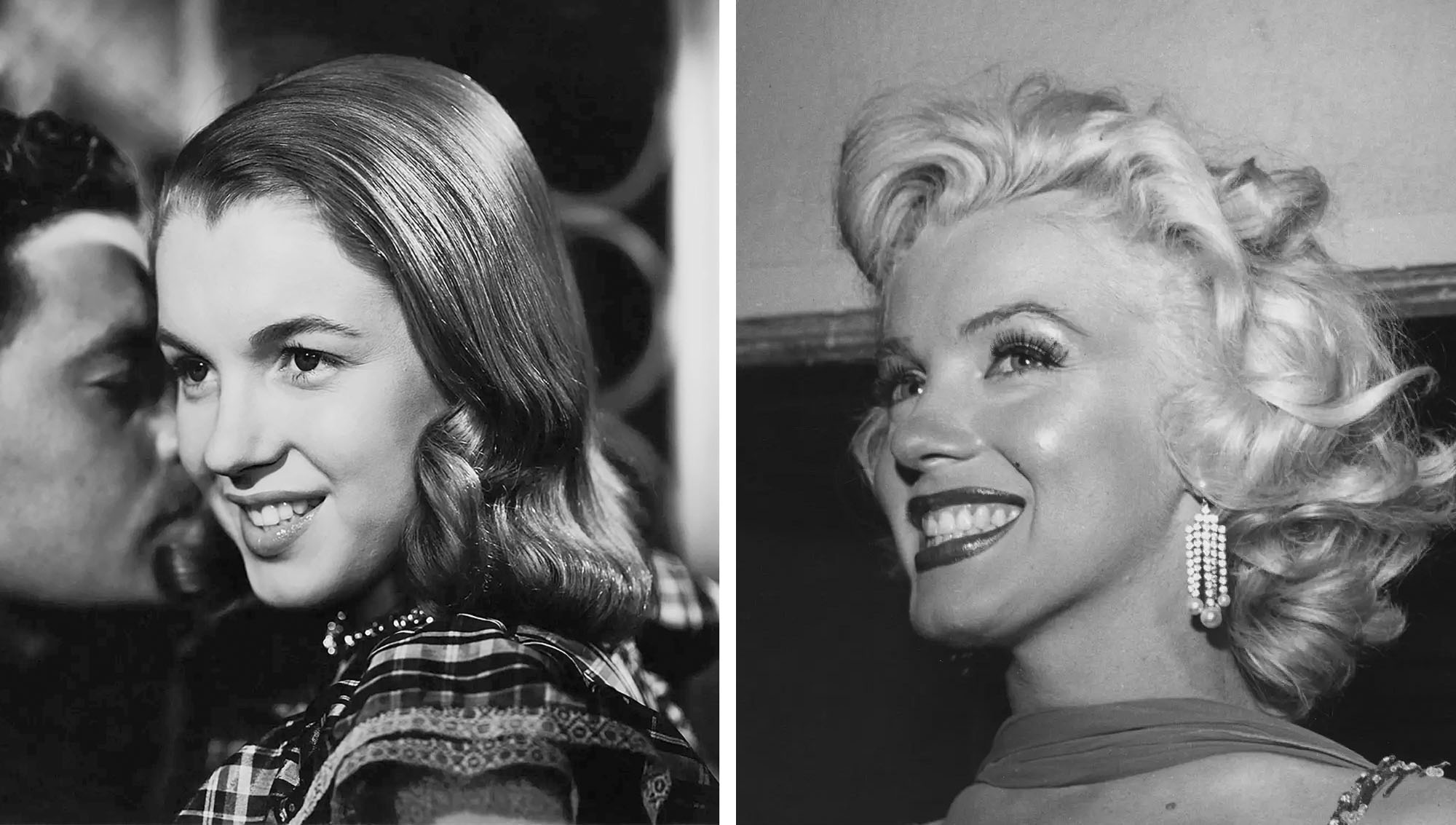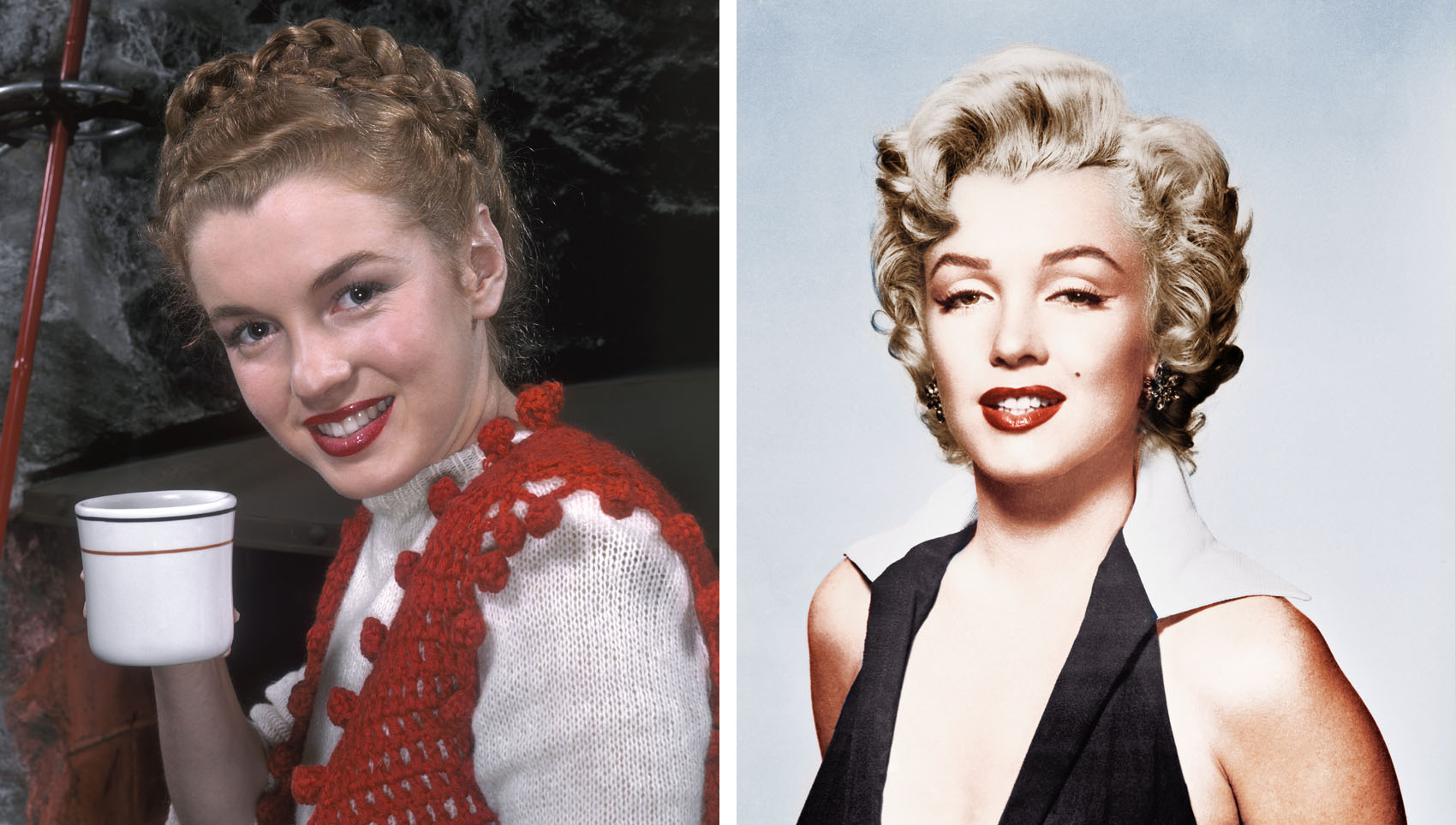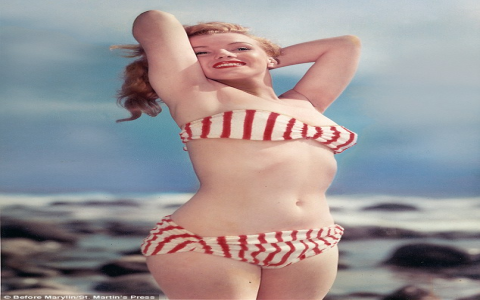So, I thought, hey, let’s try some Marilyn Monroe modeling. Not me, you know, dressing up or anything. I mean, trying to get that iconic look, that special vibe, using some of these new fancy AI tools everyone’s talking about. Seemed like it would be a piece of cake, right? Just type in a name and boom, perfection.

I fired up one of those image generator things, the kind that’s supposed to be super smart. Typed in ‘Marilyn Monroe.’ Simple as that. I sat back, expected some real magic, you know? Like a perfect digital version of her would just pop onto my screen.
Well, what I actually got was… something else. Let’s just say Marilyn herself would probably be pretty confused, maybe even a little insulted. Some of the pictures looked like her distant, awkward cousin. Others were just plain bizarre. The famous blonde hair? All over the place, sometimes it looked like a bad wig. And the mole! Sometimes it would jump to the other side of her face, or disappear entirely. I even got one where she had, I swear, almost three eyes. Creepy stuff.
The Never-Ending Prompt Battle
Then the real ‘modeling’ part started. Not her modeling, but me, modeling the prompts. I must have spent hours, seriously, just tweaking words, trying to get the AI to understand.
- ‘Marilyn Monroe, iconic, 1950s photograph, blonde, famous pose.’ – Nope, still came out looking like a generic Hollywood blonde from a low-budget movie.
- ‘Marilyn Monroe, beauty mark on left cheek, platinum blonde curly hair, blowing a kiss, soft lighting.’ – A bit closer with that one, but then the hands looked like mangled sausages. AI really struggles with hands, man.
- ‘Hyperrealistic portrait of Marilyn Monroe, studio lighting, classic Hollywood glamour, detailed face.’ – Sometimes this made her look too real, but in a scary way, like one of those wax figures that’s been left in the sun too long.
It’s like these AI programs, they’ve heard of Marilyn Monroe, they’ve crunched the data on millions of images, but they don’t actually get her, you know? They have all the pieces of the puzzle, but they can’t quite put them together to make that unique spark. And good luck trying to explain ‘spark’ or ‘soul’ to a computer program. It just doesn’t compute.
Honestly, the whole process felt less like I was creating art and more like I was trying to debug a really stubborn piece of software. ‘Okay, AI, what part of ‘classic Hollywood icon’ did you misunderstand this time?’ And it never apologizes or explains! It just spits out another weird picture. My computer’s folder of ‘Marilyn Fails’ got pretty big, much bigger than the ‘Marilyn Successes’ one, that’s for sure.

You see all these amazing AI-generated images floating around online and you start to think it’s just ‘type a few words and go.’ But nah, it’s not like that at all. It’s a real grind. It’s like trying to get a very enthusiastic but easily distracted puppy to paint a masterpiece. They might splash some paint in roughly the right area eventually, but getting that actual magic? That’s the tough part. You’re not really ‘creating’ from scratch as much as you’re ‘guiding’ or ‘negotiating’ with this weird, unpredictable digital mind.
I think I spent a whole weekend on this. A WHOLE weekend. Just trying to get one or two decent pictures of Marilyn. My partner started looking at me funny, asking if I was okay. ‘Just wrestling with Marilyn and her digital ghost,’ I’d tell them. They probably thought I was going a bit nuts.
In the end, I managed to get a couple of images that were… passable. Not mind-blowing, but okay enough for what I needed. But the sheer amount of effort? Wow. It really made me appreciate actual photographers, artists, and, well, Marilyn herself, a whole lot more. Those folks have real skill, an actual vision. This AI stuff is a neat tool, no doubt, but it ain’t replacing genuine human talent anytime soon. Not if you want that real, unmistakable spark, anyway. It just doesn’t have the heart for it.



